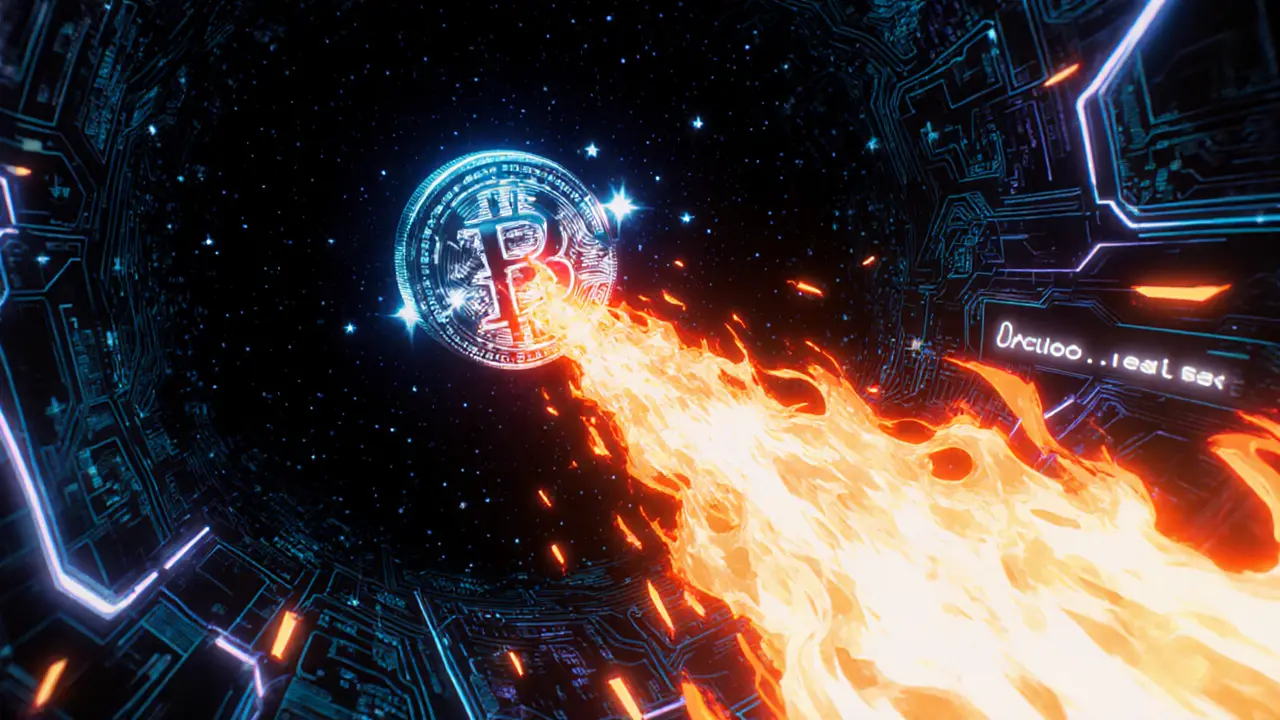Deflationary Tokenomics: How Supply Shrinks Boost Crypto Value
When working with Deflationary Tokenomics, a design where a crypto token’s circulating supply steadily shrinks through built‑in mechanisms, aiming to increase scarcity and price over time. Also known as supply‑reduction tokenomics, it requires clever on‑chain rules that automatically remove tokens from circulation.
One of the most common tools is the token burn, a process that sends a portion of each transaction to an irretrievable address, effectively destroying those coins. The burn deflationary tokenomics leverages this to create a predictable supply curve; fewer tokens mean each remaining token represents a larger share of total value. Projects like WHETH on PulseChain or meme coins with frequent burns illustrate how a simple burn can drive community excitement and price spikes.
Another layer comes from reflection rewards, a mechanism that redistributes a share of transaction fees back to holders, rewarding long‑term ownership. Reflection influences deflationary tokenomics by adding a passive income stream, which encourages holding rather than quick flipping. When combined with a burn, reflections create a dual effect: the supply shrinks while holders see their balances grow, amplifying perceived scarcity.
Key Mechanisms Behind Deflationary Tokenomics
Beyond burns and reflections, many projects adopt automatic liquidity, a smart contract feature that adds a slice of each trade to a liquidity pool, stabilizing price and reducing slippage. Automatic liquidity supports the overall tokenomics by ensuring the market can absorb buying pressure without dramatic swings, which is crucial for tokens that constantly lose supply.
Supply reduction also ties into the concept of a hard cap, where the total possible coins are capped at launch, and any burned tokens permanently lower the max supply. This requires rigorous audit trails so the community can verify that burns are real and not just coded tricks. Transparent burn logs, on‑chain dashboards, and regular community updates are the trust pillars that keep deflationary projects credible.
All these pieces—burns, reflections, automatic liquidity, and hard caps—form a network of incentives that make deflationary tokenomics a compelling strategy for new crypto ventures. When you understand how each mechanism works and interacts, you can spot projects that truly embody scarcity versus those that merely claim it.
Below you’ll find a curated collection of articles that break down real‑world examples, walk through token analysis, and show you how to assess whether a deflationary token’s mechanics are solid or just hype.
Why Token Burning Boosts Crypto Value: Key Benefits Explained
Explore how token burning creates scarcity, controls inflation, boosts staking rewards, and builds investor confidence in the crypto space.

